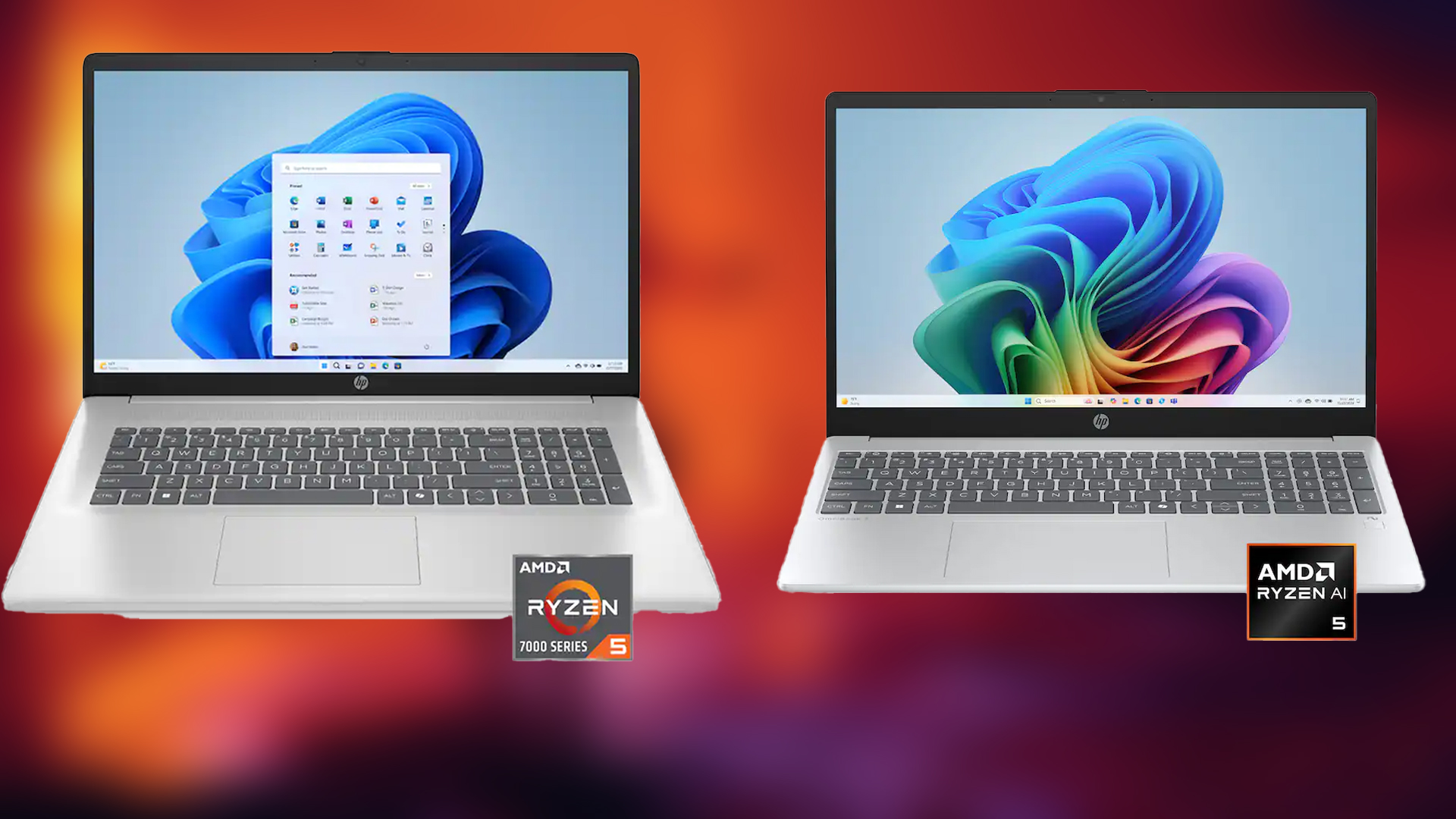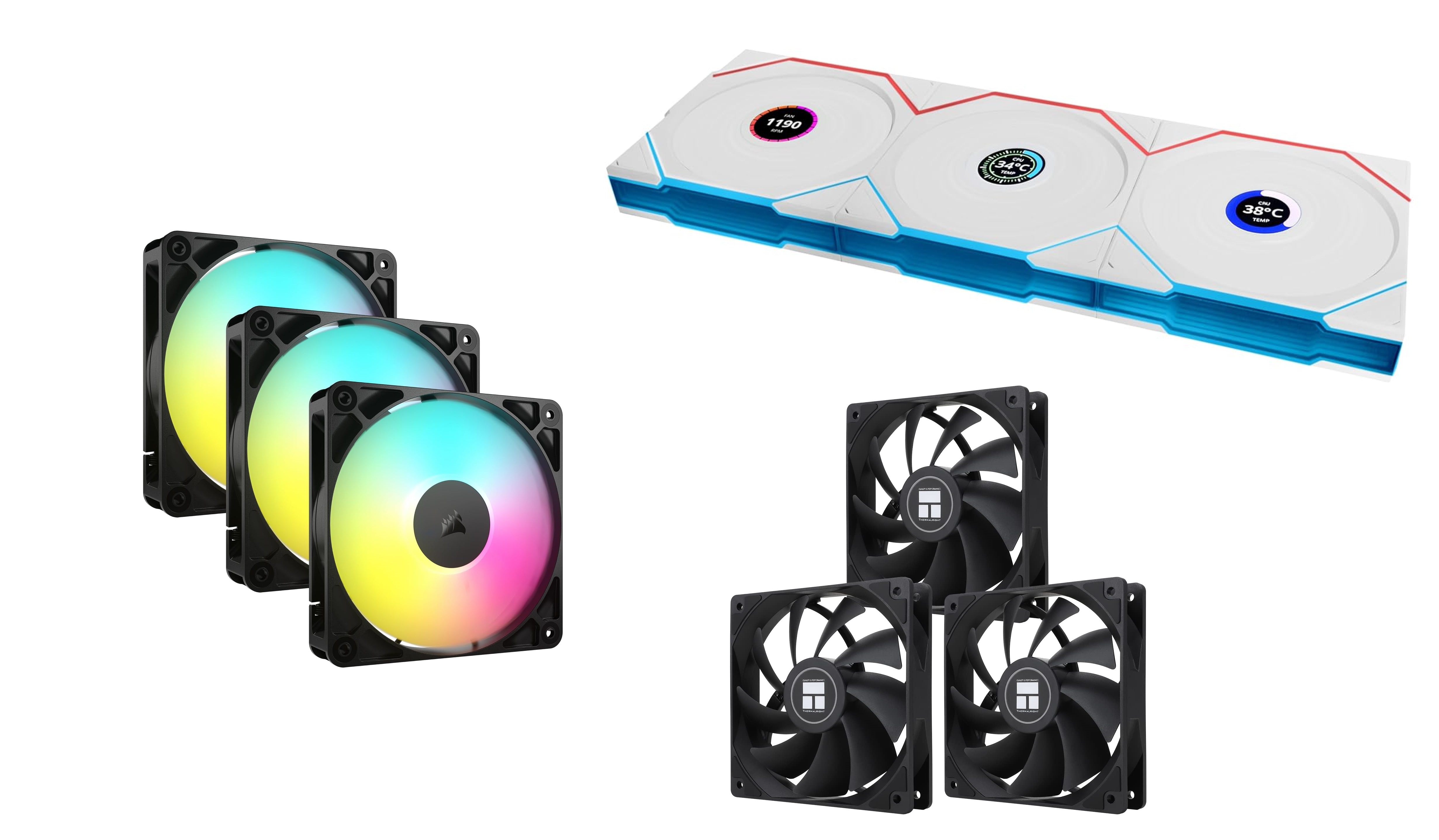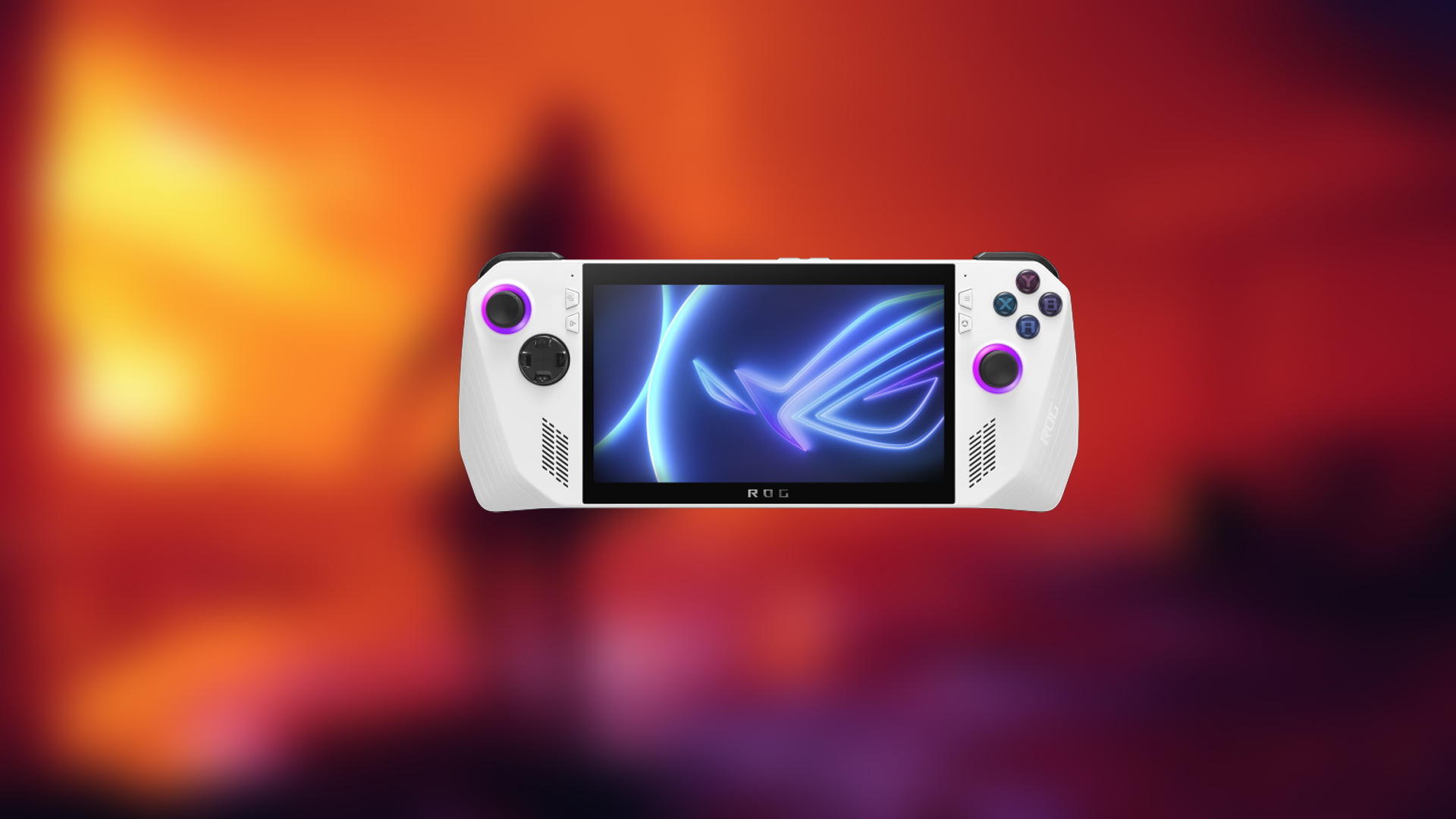Learn about the fundamental differences in monitor panel technologies, including VA, TN, IPS, and OLED panels.
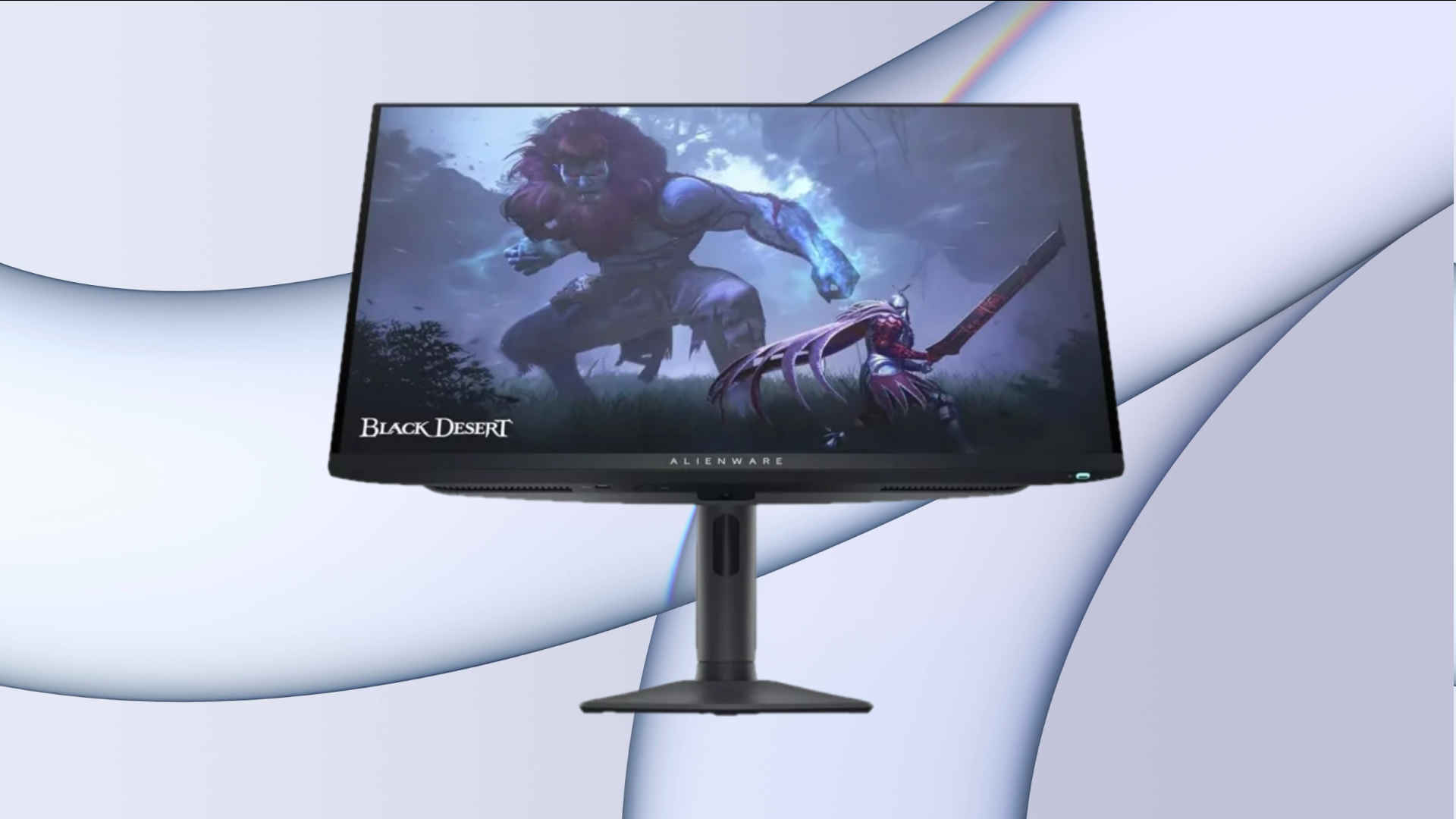
As of 2025, countless monitor options are available to the end user. Sometimes, it can be really confusing to decide which one to buy, as each monitor offers a variety of refresh rates, response times, color accuracy, and more. But the real question is how you will understand which one to go for and which one will suit you best for your needs. Say you are a gamer on a tight budget — you won’t be paying for an expensive monitor with the best image quality.
Instead, you should look for something that offers the best motion clarity with decent color accuracy. This is where the panel types and technologies come in handy. This guide breaks down the different monitor panel types available and helps you choose the one that best suits your needs.
Understanding the Basics of Monitor Panel Technology
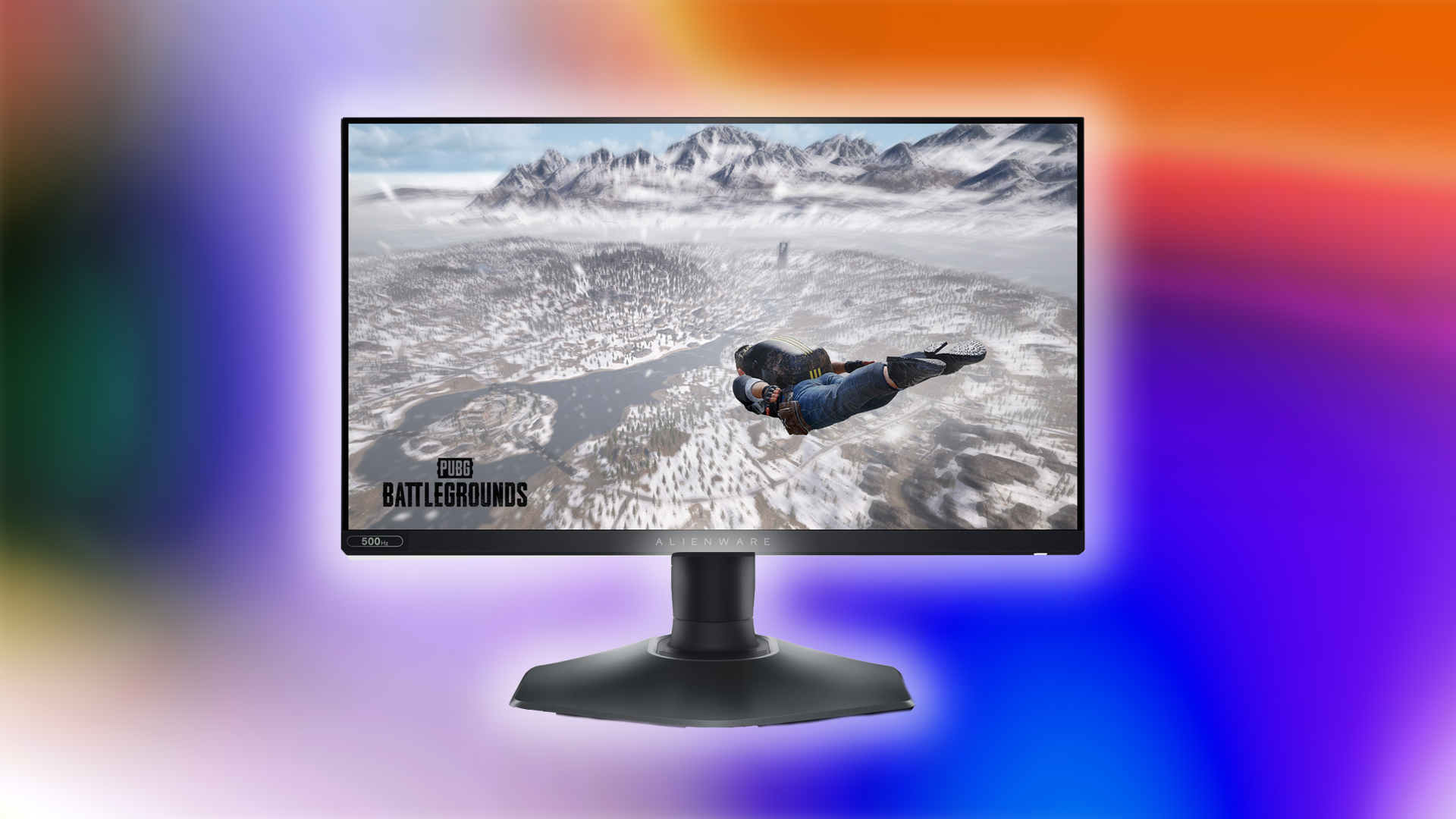
Monitor panels are the foundation of a monitor. They determine image quality, motion clarity, and cost. In brief, four main panel types are widely sold in the market: TN, IPS, VA, and OLED. Each has different methods of controlling light and displaying images, and their characteristics vary greatly.
When choosing a monitor for your needs, consider the following information: The monitor panel is what makes or breaks a monitor.
- Response Time: How quickly pixels change colors, affecting motion blur
- Contrast Ratio: The difference between the brightest whites and darkest blacks
- Color Accuracy: How precisely colors are reproduced
- Viewing Angles: How the image quality holds up when viewed from different positions
- Price: Self-explanatory, the higher the price, the better the technology.
TN (Twisted Nematic) Panel
TN or twisted nematic panels are the fastest and most affordable monitor panels available on the market. This option is very important if you are a gamer, especially if you play FPS (first-person shooter) games. Below are the key highlights that represent a good TN monitor:
- Fast Response Times: Typically 1- 2ms, making them suitable for competitive gaming
- Affordable: Generally, the least expensive option.
- High Refresh Rates: Available in models up to 240Hz, some exceed 400Hz (Zowie)
While these advantages look good on the surface, there is more to what meets the eye. TN monitors also fall behind the other panels mentioned here, and here are a few drawbacks:
- Poor Viewing Angles: Colors shift dramatically when viewed from above or below
- Limited Color Reproduction: Often uses 6-bit color depth instead of 8-bit, resulting in less accurate colors
- Lower Contrast: Produces less impressive blacks compared to other panel types
While these drawbacks may seem too significant, brands such as BenQ, particularly with their Zowie series, now produce good TN panels with near-IPS image quality. This means the viewing angles are not that bad, but the response time and motion clarity are still the best, not factoring in OLED and its pricing. If you are on a budget and looking for the best FPS gaming monitor, consider options with a TN panel.
Zowie monitors are expensive due to their proprietary technology, such as DYAC or DYAC+. More on these terms will be discussed in a separate article, but yes, Zowie monitors from BenQ are widely used in hardcore FPS competitive scenes and are favored by professionals quite a lot.
IPS (In-Plane Switching) Panel
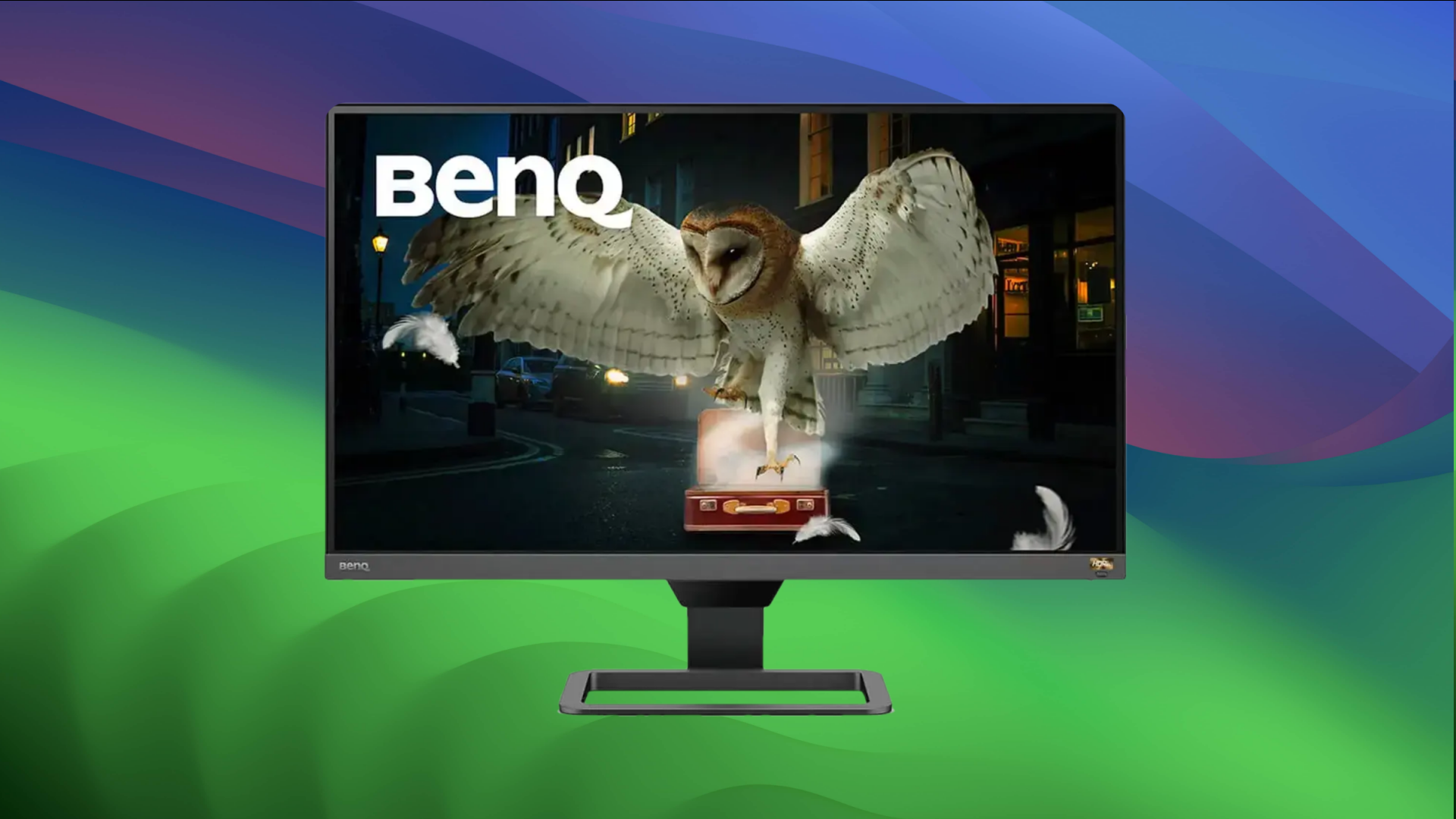
When browsing Newegg or Amazon, you often search for terms like best gaming monitors under a specific budget. The highlighted product will carry the IPS tagline. IPS panels are the bread and butter of any given monitor nowadays, as the technology within them has evolved significantly. The production costs of an IPS monitor have reduced greatly, so people might find it hard to choose between a TN and an IPS.
There are differences here; not all IPS panels are equal. Although IPS has the viewing quality advantage, it cannot produce TN-level motion clarity unless it’s super high-end. Below are a few pros and cons of an IPS monitor, which you should know to make a good purchase choice.
Pros:
- Excellent Viewing Angles: Maintains color consistency from almost any perspective
- Superior Color Accuracy: Provides more vibrant and accurate colors, ideal for content creation
- Improved Response Times: Modern IPS panels have significantly closed the gap with TN panels
Cons:
- IPS Glow: Light bleeding from corners, especially noticeable in dark scenes
- Lower Contrast: Typically around 1000:1, leading to less impressive black levels
- Higher Cost: Generally more expensive than TN panels, especially the ones that offer high refresh rates (240Hz+) and maintain a good DCI-P3 color range.
In summary, choose an IPS panel if you want the best of both worlds: decent motion clarity, a high refresh rate, and excellent image quality combined. Remember, the more you pay for IPS, the better image quality you get, along with advanced technologies such as black frame insertion (similar to DYAC) within IPS displays.
VA (Vertical Alignment) Panel

These monitors are somewhat stranded; not many people buy them. Technically, they are like a hybrid between IPS and TN, maintaining advantages from both aspects. VA panels excel in contrast ratios but are not as bright as OLED or IPS panels, and they are generally more expensive. Brands mostly feature this panel type on ultra-wide monitors and make up their profits with a higher price tag and the ultra-wide form factor.
Below are a few pros and cons of this panel type:
Pros:
- Superior Contrast: Often exceeds 3000:1, providing deeper blacks and better shadow detail
- Good Color Reproduction: Better than TN but typically not as accurate as IPS
- Affordable Middle Ground: This is usually priced between the TN and IPS options. Ultra-wides are generally more expensive than both TN and IPS.
Cons:
- Black Smearing: Slower response times during dark transitions can cause ghosting or smearing effects
- Viewing Angle Issues: Better than TN but worse than IPS, with some color shifting off-center.
- Inconsistent Performance: Quality varies significantly between manufacturers
However, if you are a racing sim fan with a dark room setup, go for ultra-wide VA monitors; it will be a great experience. You can also enjoy movies with the lights off, along with your home theater. Samsung’s Odyssey lineups offer some of the best VA panels, as the company has managed to mostly fix response time issues within VA, making it a good choice for a gaming monitor.
OLED (Organic Light-Emitting Diode) Panel
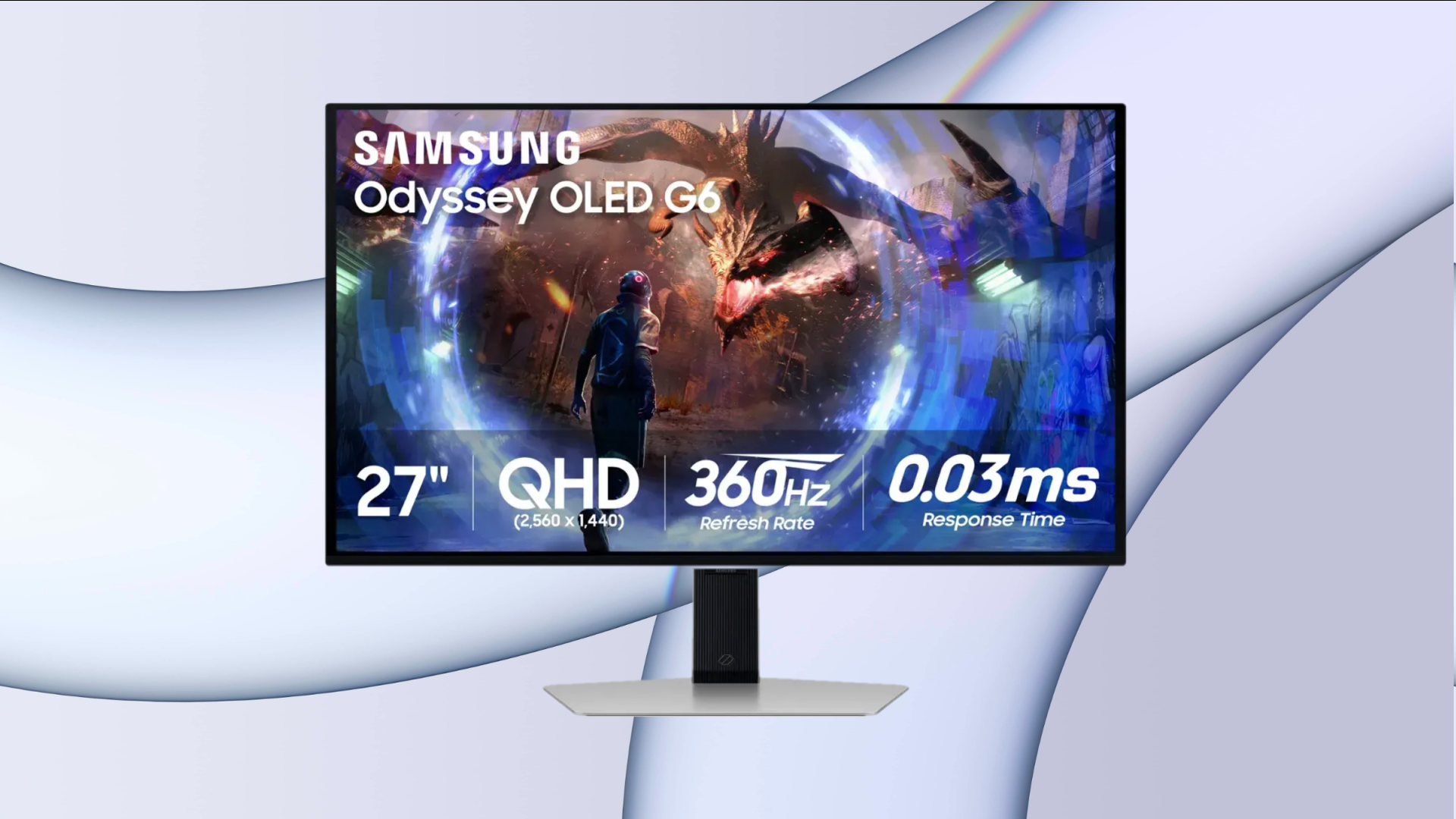
OLED monitors are the most premium, expensive, and sophisticated monitors out there. They represent best-in-class image quality, outstanding color coverage, and motion clarity, and are priced extremely high. Like every other monitor, OLED monitors also have a few caveats. Below are a few pros and cons:
Pros:
- Perfect Blacks: Each pixel emits its own light and can turn completely off
- Infinite Contrast: The ability to display true black creates unmatched contrast
- Ultra-Fast Response: Pixel transitions happen at the microsecond level
- Excellent Viewing Angles: Maintains image quality from virtually any angle
Cons:
- Risk of Burn-in: Static images displayed for extended periods can cause permanent image retention
- Higher Cost: Significantly more expensive than LCD technologies
- Limited Brightness: Generally not as bright as high-end LCD monitors with specialized backlighting
Despite the drawbacks, OLED panels are still the absolute best option, provided you have enough budget. As technology continues to evolve, OLED panels are improving, and now a few brands offer burn-in warranties and provide technologies such as DC dimming to reduce the chances of burn-in.
Conclusion
Gaming, budget, and professional monitors are all classified by budget and technology options, and these will continue to evolve. The more you pay, the better quality you get. This is a universal rule that applies widely to electronics. But remember this: once you understand the core fundamentals, such as the panels explained here, choosing a monitor for your needs will become much easier.
Looking For More Related to Tech?
We provide the latest news and “How To’s” for Tech content. Meanwhile, you can check out the following articles related to PC GPUs, CPU and GPU comparisons, mobile phones, and more:
- 5 Best Air Coolers for CPUs in 2025
- ASUS TUF Gaming F16 Release Date, Specifications, Price, and More
- iPhone 16e vs iPhone SE (3rd Gen): Which One To Buy in 2025?
- Powerbeats Pro 2 vs AirPods Pro 2: Which One To Get in 2025
- RTX 5070 Ti vs. RTX 4070 Super: Specs, Price and More Compared
- Windows 11: How To Disable Lock Screen Widgets
 Reddit
Reddit
 Email
Email
